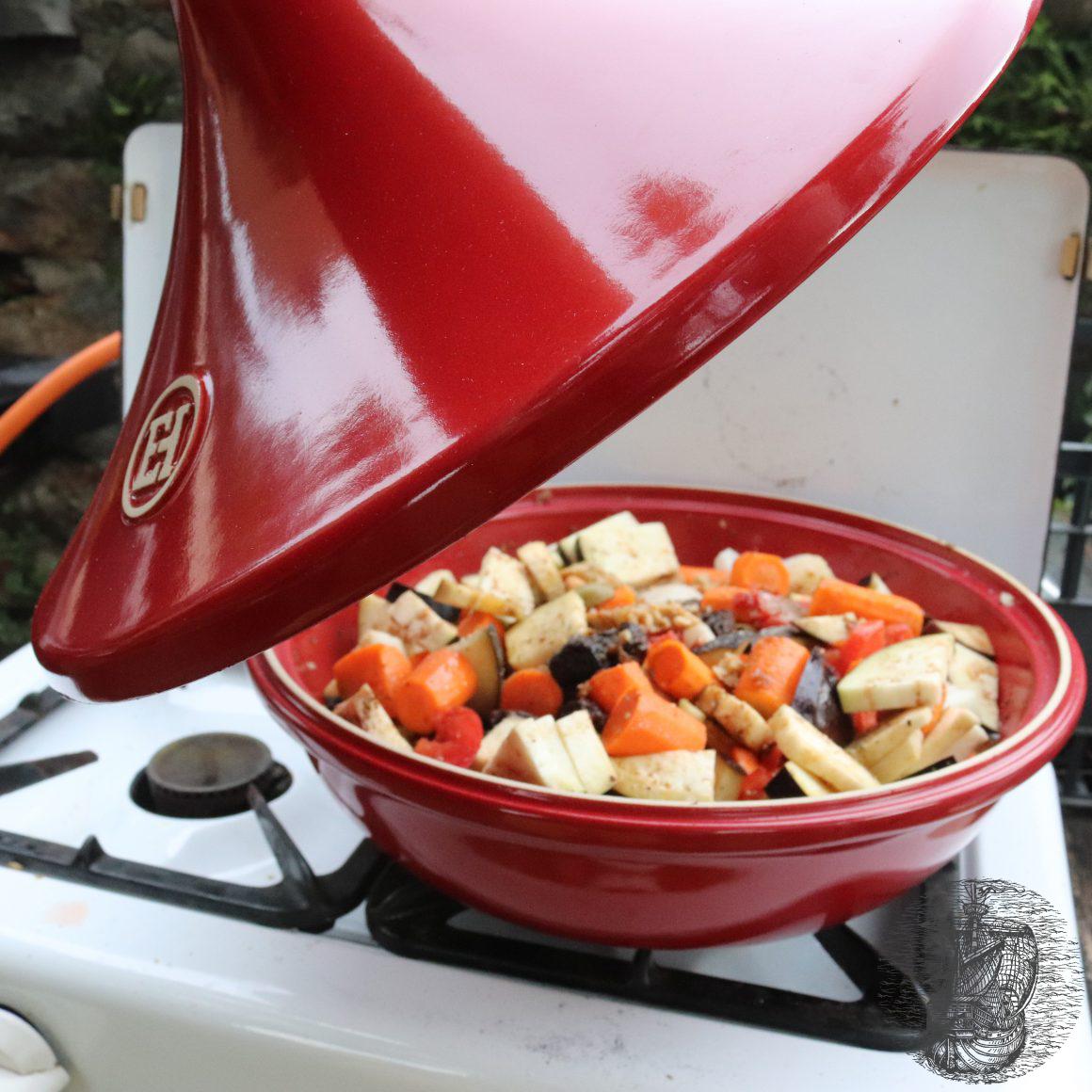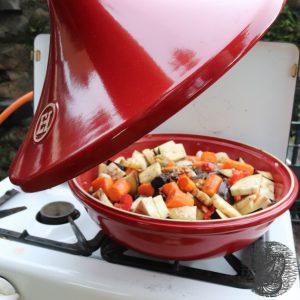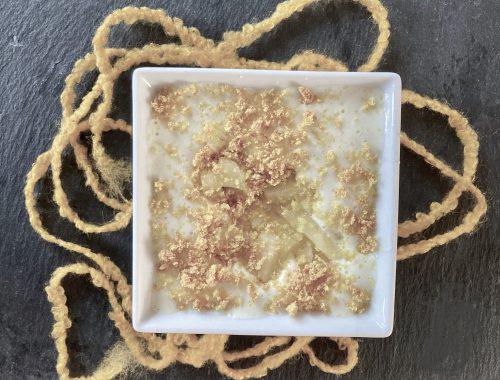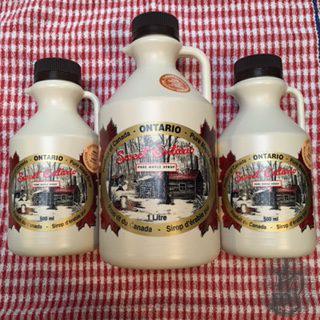
Tajine Moroccan – a traditional stew dish
Cooking a tajine dish is an extraordinarily satisfying experience
You can easily use whatever ingredients and spices you have in the house
It, therefore, tastes a little different every time.
Preparing it doesn’t take very much time, and while cooking you only need to stir every now and then.
It will develop wonderful scents that will put you in a holiday mood even before you eat it.
After the meal, you don’t have much work with washing up, because everything is cooked in the same pot.
The word tajine means both the cookware and the finished dish
This specially shaped clay pot is mainly used in North Africa. Traditionally, it is made from clay and then fired. Sometimes a metal ring is added around the bottom of the pot to reinforce it. The fire is also made in a fired clay bowl.
The tajine’s shape is typical: the vessel is a rather flat bowl with an uneven bottom and the lid is either curved or pointed
At the upper end, it has a thickening with a small pit into which water is poured before cooking. This way the steam of the food stays inside the cooking pot.
The shape of the tajine makes the food stew slowly. The dish remains wonderfully juicy and keeps its own flavour.
There are natural or glazed tajines
The natural ones should be watered before cooking to close the pores. I myself prefer the glazed ones because I can wash them better and they don’t take on the taste of the dish as much. But you must pay attention to good quality. The glaze must be lead-free!
The tajines, which are produced for the European market, have a flat bottom and you can therefore use them on all hobs. Except on induction hobs, in which case you will need an adapter (metal plate).
You can also use the Tajine in the oven or on the gas grill. More important than great heat is the cooking time. It is better to cook a Tajine dish at a lower temperature and let it cook for about an hour.
Recently I tried a ceramic tajine that was glazed inside and outside. This is not traditional, but it also tasted wonderful. Nowadays they are even available for induction cookers.
Tajine Moroccan dishes come in many different varieties; with meat, poultry, vegetables
Sweet tajine dishes are also available.
My recipe is a vegetarian variation, but the tofu or cornatur can easily be replaced by chicken pieces.
Only the “Ras-el-hanout” mixture has to be in every version of the Tajine Moroccan ?
What experiences have you had with tajines?

Tajine Moroccan
Ingredients
- 2 Tbsp of oil
- 250 g tofu or cornature cut into pieces
- 3 peeled onions 1 finely chopped and two quartered
- salt to taste
- Ras-el-hanout to taste
- 6 cloves of garlic 4 whole, 2 pressed
- 2 cm peeled and grated ginger
- 4 sliced carrots approx. 2 cm
- 1 aubergine cut into pieces ca. 2 cm
- 12 plums
- 12 pitted olives
- 1 Tbsp of seeds sunflowers/almonds/pine nuts
- 1 handful of raisins
- 4 medium-sized tomatoes
- About 5 dl water
- 0.5 g saffron threads soaked in a little warm water
Instructions
- Heat the oil in the tajine, then add the tofu or cornatur, the finely chopped onions, the salt and the ras-el-hanout and fry until it develops a good flavour.
- Add the vegetables, garlic, ginger, onions cut into 4 pieces, plums, olives, seeds, raisins and mix well.
- Add water and cook over a low heat, covered, for about 45 minutes.
- Add the saffron with warm water and cook for another 10 minutes on low heat.




